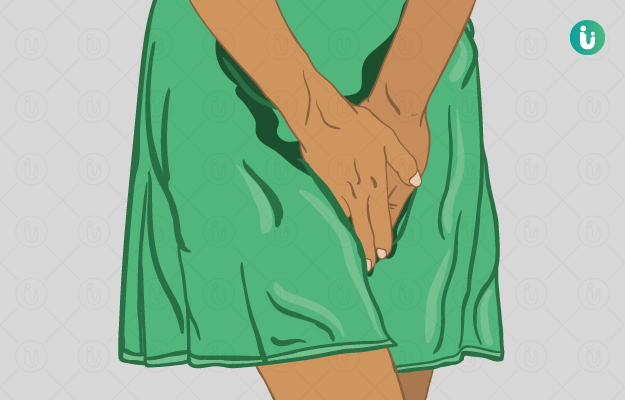What is vulvitis?
Vulvitis is the inflammation of the vulva, small fold of skins present in the female genital region covering the vagina. It is not a disease, but a symptom with various possible underlying causes.
What are its associated signs and symptoms?
The clinical signs and symptoms accompanying vulvitis are:
- Redness, soreness, and swelling of the vulvar region
- Intense itching
- Clear fluid-filled painful blisters
- Scaly and thick white patches over the vulva
- Tenderness of vulva
- Pain while passing urine
What are the main causes?
Vulvitis can occur due to:
- Multiple sexual partners
- Having unprotected intercourse
- Bacterial infection by group A β‐haemolytic streptococcus, Haemophilus influenzae, Shigella, and Candida albicans
- Use of perfumed or dyed toilet papers
- Use of washing soaps that are strongly fragrant or have strong chemicals
- Laundry detergents that leave residue on the undergarments and come in contact with vulva
- Vaginal sprays/ spermicides
- Certain clothing that is abrasive
- Sports activities such as swimming in water containing chlorine
- Medical history of skin diseases like eczema or psoriasis
How is it diagnosed and treated?
The diagnostic evaluation of vulvitis includes detailed medical history, physical examination of the pelvis, and pubic areas. Laboratory tests include complete blood count (CBC), urine test, and pap smear test (testing for cells of the cervix) to detect changes or presence of inflammation/infections.
Treatment of vulvitis depends on varied factors including age, the cause of disease, severity, and tolerance towards certain medications. Treatment includes the application of topical anti-inflammatory agents including cortisone and use of topical anti-fungal agents. Topical oestrogen preparations can also be used in case of atrophic vaginitis, where vulvitis is the sole diagnosis.
Self-aid measures include avoiding the use of irritants, ensuring personal hygiene, washing the genital multiple times a day, wearing cotton undergarments, and keeping the area dry.
Preventive measures:
- Use a mild soap
- Avoid perfumed/dyed toilet papers and wipe the genital area from front to back
- Avoid the use of external irritants and chemicals like foams, jellies, etc.
- Wear only cotton clothing and underwear
- Avoid prolonged contact with chlorinated swimming pools.
















